The House on East Ivy
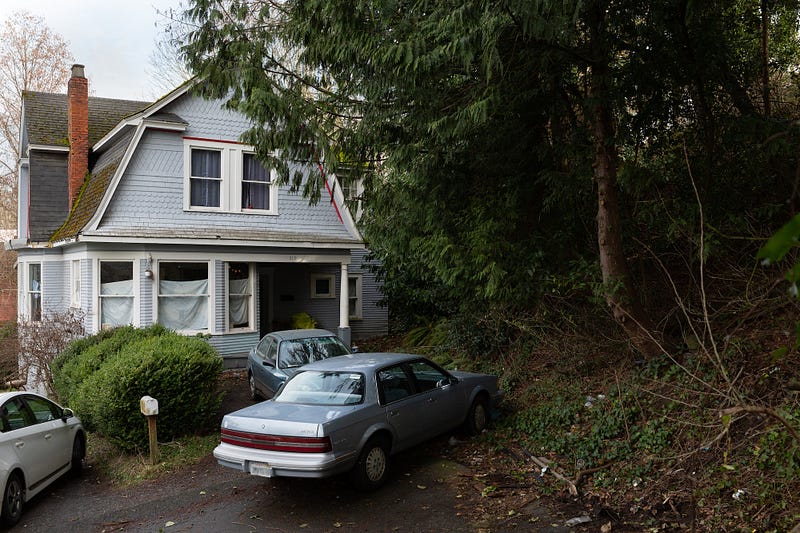
Is your house sliding down the hill? Is all your stuff covered in mold? Is your ceiling crumbling apart? Don’t worry, it’ll probably pass inspection.
Story by Schuyler Shelloner | Photos by Adam Vincent
Few houses are more conveniently situated for students at Western Washington University than the blue house on East Ivy Street. It’s tucked away in an alley between High Street and North Garden Street, shielded from traffic and passersby by a wall of cedar trees and a small hill. The seven students who live there each pay less than $500 per month for their private rooms. And it’s only a five-minute walk from campus.
Two blocks away, at Nash Hall, students who want their own room must pay roughly $1,015 a month for the academic year, required meal plan not included.
But Jasmine Neubauer, a third-year environmental science student at Western, couldn’t get out of that house fast enough.
Neubauer loved all her roommates and thought she’d found the perfect situation, even though the old house was run-down, drafty and damp. Although, weren’t all the houses surrounding campus just as old and decrepit?
But she soon realized, after she’d set up her bed, clothes rack (the room had no closet) and storage bins, that moisture would be a problem.
Mold began creeping in. It started small, just a few spots on one of her jackets. She set up disposable moisture absorbers, the kind that collects and holds water in a plastic bag, hoping she wouldn’t have to spring for a more expensive dehumidifier.
Every morning she watched the condensation run down her single-paned windows. Her rubber-soled Vans squeaked on the carpet. She hung up more moisture absorbers, but it wasn’t enough. Another jacket molded. She pulled out a bin from under her bed and found all its contents colonized.
The last straw was her ski-boots. When she pulled out the lining and found it molded, Neubauer lost it, fearing everything she owned would be destroyed.
She broke down and wept.
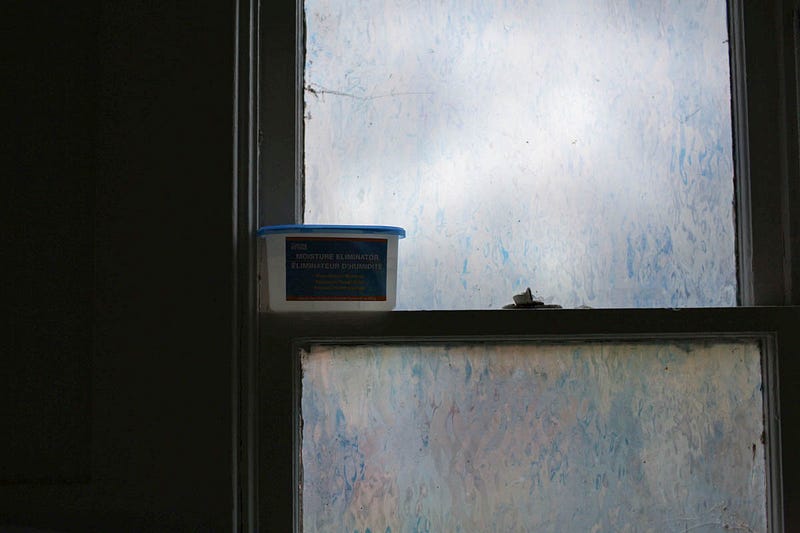
Not up to code, but grandfathered in
Modern building codes in Whatcom County protect against the worst structural issues that encourage mold. But houses built before those codes were updated aren’t required to comply, and property owners don’t have to bring them up to current codes unless they fail the City of Bellingham’s rental safety inspection.
“If you have a house that was constructed according to codes at that time, we can’t go back and say you have to bring that up to current codes,” said Kurt Nabbefeld, the City of Bellingham’s development services manager. “The current codes today versus what they were in the 1920s and 1930s, they’re drastically different.
“You would literally have to rebuild many of the homes.”
The safety inspection checks for basic hazards to life and safety, which include leaks, ventilation and other factors that contribute to mold growth. Rentals must pass inspection every three years, but the city is required to give property owners the opportunity to use a private inspector, Nabbefeld said.
Property owners can elect to have the city conduct the inspection for them, but the city can’t supersede a private inspection unless they receive tenant complaints. If tenants have tried and failed to work with their landlords, Nabbefeld said they can get the city to conduct an inspection. The city can then issue citations and mandate repairs, but not before.
Property owners can elect to have the city conduct the inspection for them, but the city can’t supersede a private inspection unless they receive tenant complaints.
The city hasn’t been inspecting Bellingham’s rental units for long. The Rental Safety and Inspection Program started in 2014, thanks to the efforts of Western students and a neighborhood campaign spearheaded by Dick Conoboy, co-owner of Northwest Citizen, a local online blog.
Conoboy started lobbying the city to create a rental inspection program after talking to his neighbors, who were students, and hearing their stories about the conditions they lived in.
They told him about basements filled with water or bathroom floors so rotten students would fall through stepping out of the tub. They told him their landlords ignored their requests for repairs.
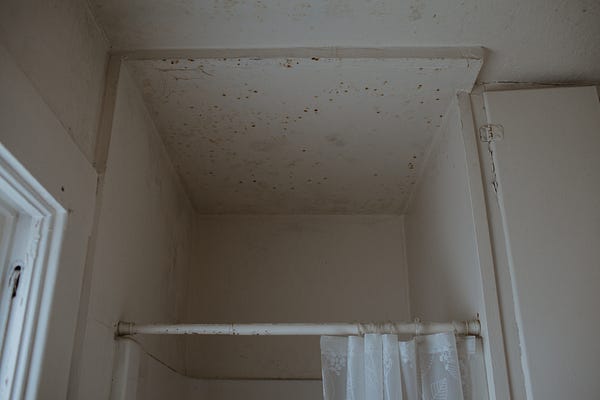
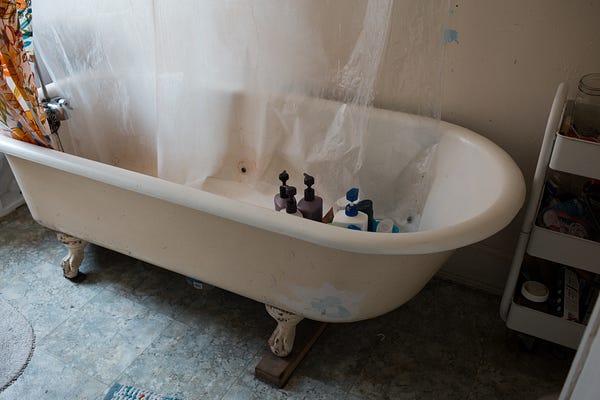
Conoboy spent years surveying students, meeting city council members, and attending town halls on the subject before finally convincing the city that rentals needed to pass regular, formal inspections. In 2014, the city passed a bill into law requiring rentals to pass a safety inspection every three years.
When asked if he’s happy with the program’s efforts six years on, Conoboy gave an emphatic “No.”
Half the first round of rentals inspected by the city failed, Conoboy said, and there’s no data for the privately inspected rentals, which accounted for roughly one-third of all inspections at that time. Since private inspectors don’t have to turn over their checklists to the city, there’s no way the city can know which privately inspected rentals failed inspection and what, if any, repairs were made.
“There’s a big blank on one-third of the pie,” Conoboy said. “Likely to be the worst part of the pie.”
When asked if he’s happy with the program’s efforts six years on, Conoboy gave an emphatic “No.”
The house on East Ivy is in the Sehome neighborhood, which was the first neighborhood inspected by the city that had a 50% failure rate. The city doesn’t know if that house failed its initial inspection because Lakeway Realty hired a private inspector.
That same year, in that same neighborhood, Lakeway hired the same inspector to inspect a rental at 1017 Jersey St., and the city received a declaration of inspection stating that rental free of hazards to health or safety.
The next year that house caught fire and burned down.
The Jersey Street tenants, eight Western students, told fire investigators there’d been an unusual flickering light the day of the fire. They mentioned numerous electrical issues, including electrical outlets Duct-taped in place, which had been communicated to the property manager.
Nobody was killed, but the house was destroyed, and the cause of the fire was never determined.
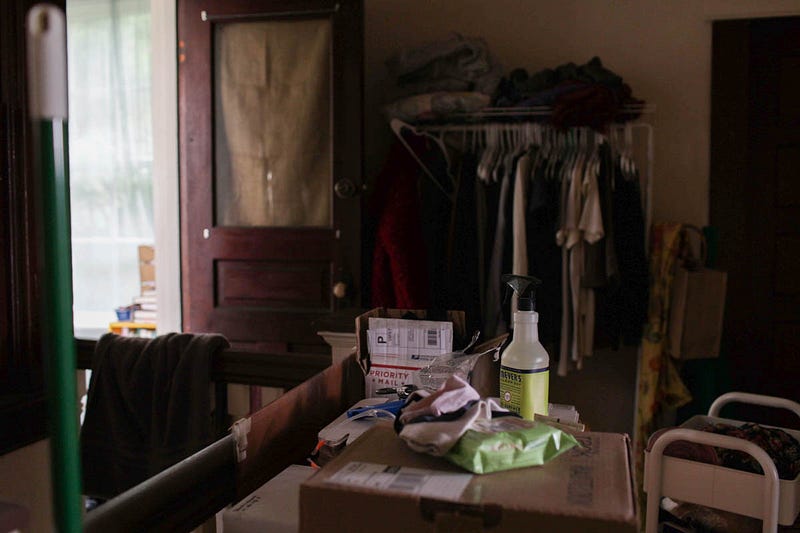
Moving out
On her mother’s advice, Neubauer bagged up all she thought salvageable from her room and drove with her boyfriend to Lowes where she bought laundry sanitizer, bleach wipes, detergent and spray bottles. She took her clothes to his house so they could air-dry in safety. Then she went to Costco to buy several air-tight snap-bin plastic storage boxes to store her clothes in once they were clean and dry. Then the two of them cleaned, and cleaned, and cleaned.
But after all the washing, drying, sanitizing and trashing, she wondered if she could go through it all again.
Neubauer had no renters insurance, and she said the lease she signed freed Lakeway Realty, the company that managed the house, from any responsibility to third-party damage. If she had taken pictures and tried to claim damages for the state of the home, Neubauer said, Lakeway would be legally off the hook.
Despite the risk to her health and possessions, Neubauer wasn’t sure what she wanted to do. She didn’t think she could deal with another mold outbreak again, but she also wasn’t sure she’d be able to find another place. According to the City of Bellingham, the current rental vacancy rate stands at about 3 percent, which isn’t encouraging for tenants, like Neubauer, who’d like to move.
“It’s so cutthroat,” she said. “If you go to a housing interview, it feels like you’re going on a date.”
When she moved into the house on East Ivy, Neubauer said the roommates had talked to between 10 and 15 other people, and they’d had someone else apply at the same time as her. She’d felt incredibly lucky when she got the room. Now she wanted to move, promptly and with little notice, and she didn’t feel good about it at all.
“It was really stressful, not only for myself because of the mold, but for my roommates,” she said. “I wasn’t sure if I was going to move out, or if I was going to be able to, so I didn’t really tell them what I was thinking at the time. Because I didn’t know.”
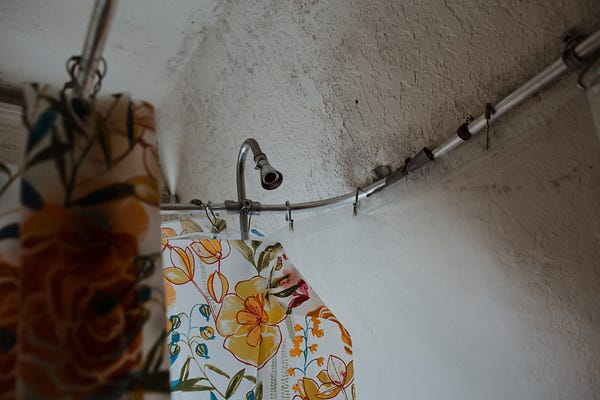
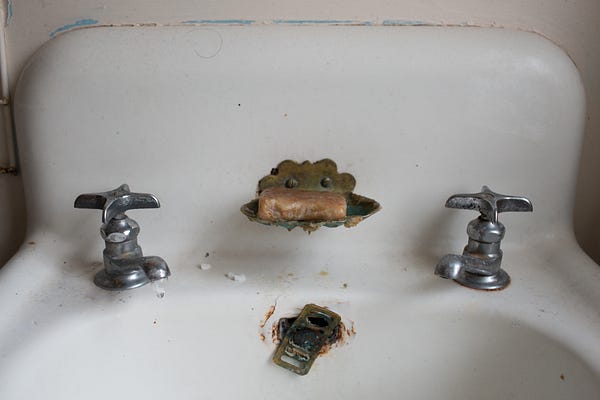
Neubauer didn’t need to fear for her belongings anymore — most of them were already destroyed. Her health was still intact, although she had been suffering from more headaches since she’d moved in. Inhaling microbial volatile organic compounds, which give mold its characteristic musty odor, can cause headaches, dizziness, fatigue and nausea, according to the Environmental Protection Agency.
But mold can do more than cause headaches — mold can kill.
According to the EPA, mold exposure taxes the immune system, which can allow more serious infections to take hold.
As detailed in a May 2019 investigative report by The Washington Post, a mold infestation at the University of Maryland triggered a massive outbreak of adenovirus that sickened 40 students, hospitalized 15 and killed one. Adenovirus symptoms include stomach, intestinal and urinary tract infections, croup, fever, pneumonia and swelling of the brain and spinal cord, according to WebMD.
Neubauer decided not to risk her physical or material well-being any longer and told her roommates she’d be leaving immediately. She found a place listed on a student housing and sublets Facebook group and moved out that month.
She says she likes her new roommates who are in many ways like the roommates she left behind.
“I still feel really badly for the way that I left,” Neubauer said.
A new inspection
It’s Jan. 13, more than three months after Neubauer moved out, and her previous roommates are waiting for the rental inspector to arrive. By now the room, which has been cleaned, aired out and kept warm, is mold-free. Much of the rest of the house, however, is still in ill-repair.
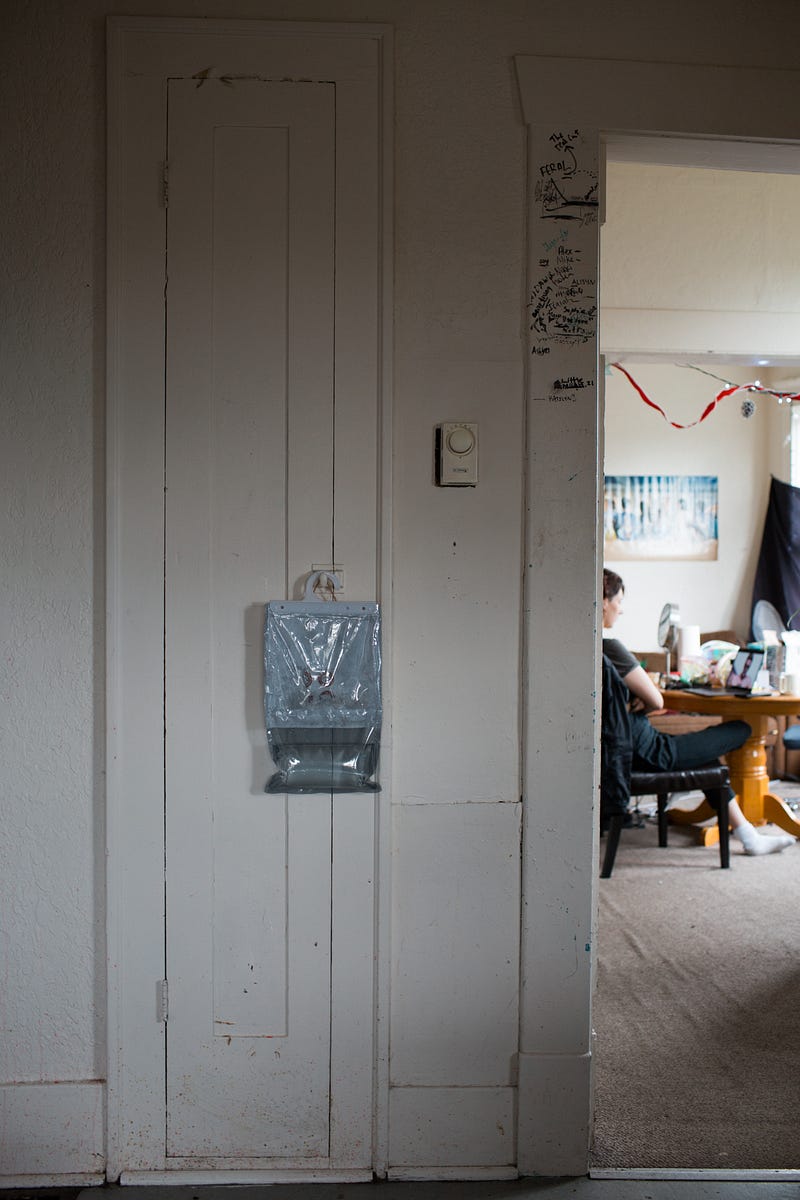
Fourth-year biology student Janna Bodnar, one of Neubauer’s former roommates, said Lakeway does little to nothing to fix up her house despite repeated requests from the tenants to do so. When they do, Bodnar said, it takes them weeks to send someone out. Lakeway has yet to respond to a request for comment.
There’s paint missing where part of the kitchen ceiling fell in a year and a half ago. The floor’s visibly slanted — a dropped grape rolls downhill toward North Garden Street.
“Somebody came and looked at the house, they said that because the house is on a hill, and it’s slanting,” Bodnar said. “It’s slowly falling off the hill.”
Squirrels inhabit the walls. Lakeway sprayed foam inside the walls to deter the squirrels, Bodnar said, but the squirrels chewed their way back in. There were mice, too, but those have been dealt with, for now.
Humidity is still a problem, evidenced by moisture absorbers half-filled with water that Bodnar’s roommate hangs in her room. Dark stains seep like dead blackened veins from the ceiling and walls in the bathroom.
“We’ve heard stories of other people living in homes infested with mold that have developed severe health issues,” Bodnar said. “It’s definitely something that’s made us question our health.”’
“Somebody came and looked at the house, they said that because the house is on a hill, and it’s slanting,” Bodnar said. “It’s slowly falling off the hill.”
A white truck pulls up and in walks an inspector wearing a high visibility jacket embroidered with a City of Bellingham logo, accompanied by a property manager.
They test the smoke alarms, two of which don’t work and will have to be repaired or replaced. They check the carbon monoxide detectors. They work.
They check for plumbing leaks and find none. They look in the bathroom, where the roommates have expressed concern about mold growth. The property manager remarks that tenants often confuse mold with mildew. He checks the bathroom, says it’s mildew.
They check all the rooms for ventilation, including Neubauer’s old room, and find nothing wanting.
The house passes inspection.
